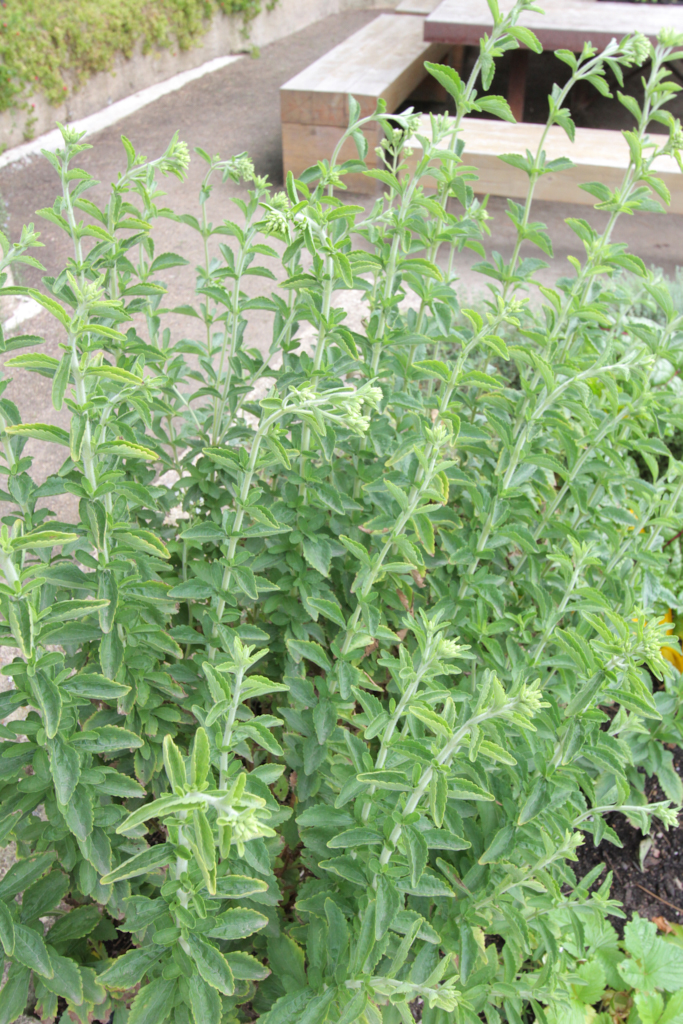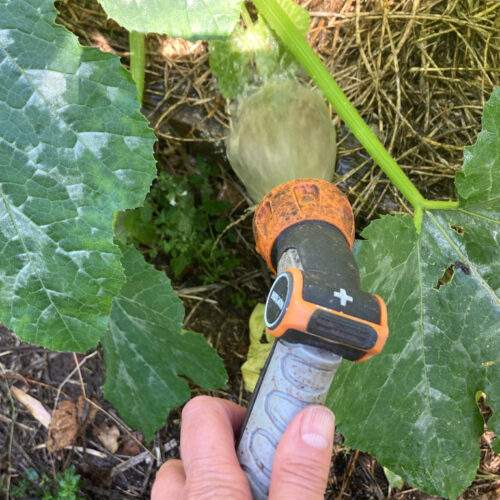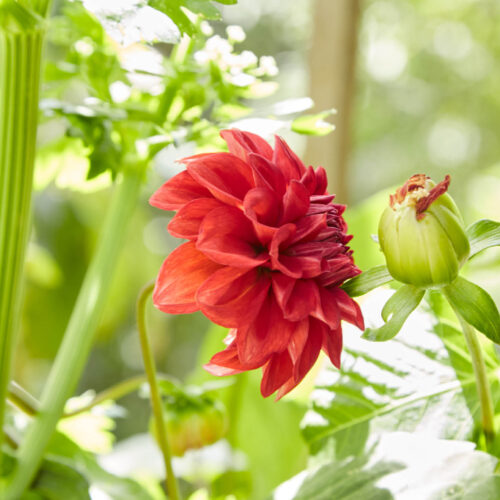The sweetest thing
2019-08-23T07:56:42+10:00
Did you know you can grow stevia in your garden? Stevia rebaudiana is a tender perennial that grows best in humid, wet environments.
Stevia, also known as sweet leaf, originally comes from Brazil and Paraguay, where the Guarani people used it for more than 1500 years. The Japanese used it as a commercial sweetener from the early 1970s, but it was 2008 before Food Standards Australia New Zealand approved stevia as an ingredient for human consumption. It is now widely used in many parts of the world.
The compounds creating the sweetness are known are steviol glycosides (predominantly stevioside and rebaudioside). On packaged food it’s described as stevia, steviol glycosides or ingredient number 960. But before you rush out and buy some, it’s a simple plant to grow, harvest and use yourself.
Stevia rebaudiana is a tender perennial that grows best in humid, wet environments. It is frost and drought tender, but with a little extra care you can have your own crop of guilt-free sweetener. Plant fresh seed (not more than two years old) in spring into a punnet filled with good-quality seed-raising mix, then cover with a thin layer of mix.
Some extra warmth will accelerate germination, which happens at 20C. In colder regions, put into a greenhouse or a large container and cover with some clear plastic or an old window. If you have an existing plant, new plants grow easily from tip cuttings taken in spring or summer.
Plant out once the last chance of frost has passed. Stevia likes well-drained sandy soils with some added compost or other organic matter and plenty of sunlight. It prefers a pH of 5-7.5. Tip prune to stop plants becoming lanky and keep moist during hot, dry weather.
In my temperate climate, I treat mine like perennial basil and grow in a large pot, which I move to a more sheltered position in winter. Even so, it often loses its leaves, reshooting in spring. In warmer regions stevia self-sows readily.






